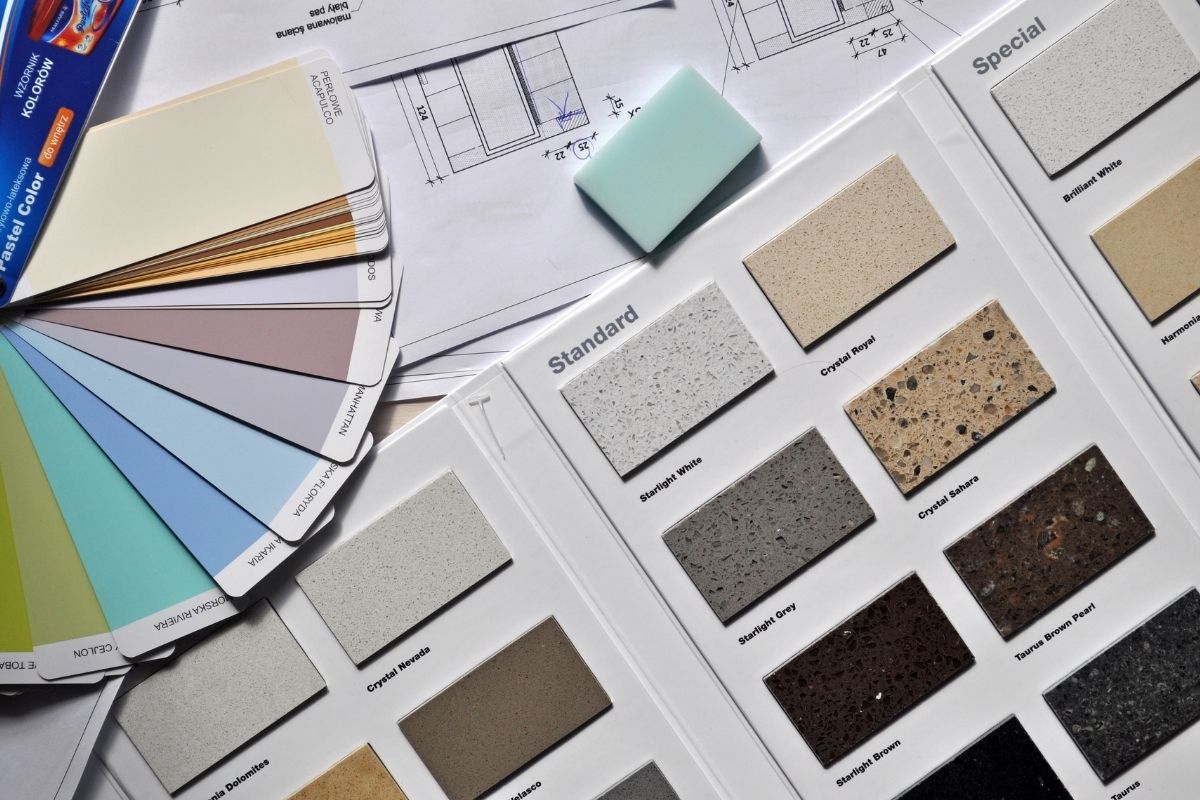Online UX Design Education: Creating User Persona Narratives
When we develop the personas, we really do it in a very highly narrative way, thinking about who they are, where they came from, what their interests are, and what their needs are. If we think about human experience, we can think about task-based activities, discovery-based activities, or entertainment-based activities. We start looking at those behavior and experience modes modes against the persona. A 60-year-old woman is going to have a different need-case scenario of how she will do whatever activities that we’re looking at than a different type of user would.
We create these great narratives, and sometimes they’re done as “simply” as quotes. This morning when I got up, I needed to get to x, y, or z and take care of this. I walked or I got on the high-speed train and started creating these sort of emotional narratives that our clients can picture in their brain. Essentially, it’s the narrative of how their customers are going to get to a location or activate or engage online.
It’s easier to understand that than speaking in the abstract, so these personas become really important. Often, we have names for them or descriptions about them in terms of their behaviors. Those things help. They lend a little bit more insight to the uniqueness of the persona.
In UX Design, you’ll learn about developing personas based on user data research. These personas are important when creating UX design and UI design. UX and UI is only effective when it’s based off of the needs of real users, and those needs are seen through the personas.


